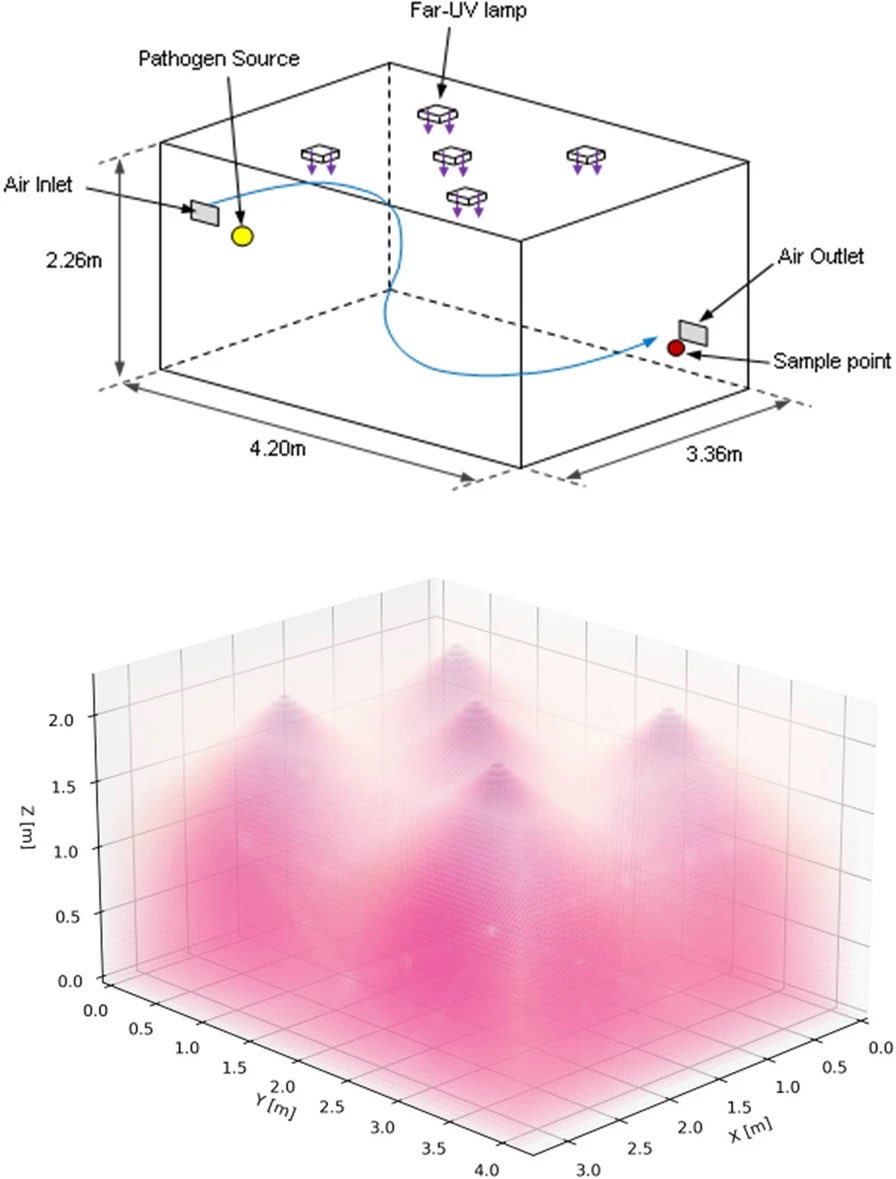
A study of the hepatitis cases seen in Israel reveals they were likely a delayed consequence of COVID-19.
The average delay was 74 days (range 21-130). This is almost certainly why we’ve mostly seen negative COVID-19 PCR tests in affected kids.
No adenovirus found in liver.🧵
The average delay was 74 days (range 21-130). This is almost certainly why we’ve mostly seen negative COVID-19 PCR tests in affected kids.
No adenovirus found in liver.🧵
The authors describe 5 children with hepatitis.
Four children previously had mild COVID-19, for which they tested positive by PCR at that time.
One child had a positive antibody test for SARS-CoV-2 during the hepatitis investigation, indicating previous asymptomatic COVID-19.
Four children previously had mild COVID-19, for which they tested positive by PCR at that time.
One child had a positive antibody test for SARS-CoV-2 during the hepatitis investigation, indicating previous asymptomatic COVID-19.
The cases were as follows:
3-month-old infant: COVID-19 in Feb 2021, hospitalised with liver failure 21 days later.
5-month-old infant: liver failure in May 2021, antibody positive for COVID-19.
8-year-old boy: COVID-19 in Dec 2020, hospitalised for hepatitis 130 days later.
3-month-old infant: COVID-19 in Feb 2021, hospitalised with liver failure 21 days later.
5-month-old infant: liver failure in May 2021, antibody positive for COVID-19.
8-year-old boy: COVID-19 in Dec 2020, hospitalised for hepatitis 130 days later.
8-year-old boy: COVID-19 in Jan 2021, hospitalised for hepatitis 94 days later.
13-year-old boy: COVID-19 in Sep 2021, causing hepatitis that apparently resolved 39 days after COVID-19 diagnosis, then hospitalised for hepatitis again 53 days after COVID-19 diagnosis.
13-year-old boy: COVID-19 in Sep 2021, causing hepatitis that apparently resolved 39 days after COVID-19 diagnosis, then hospitalised for hepatitis again 53 days after COVID-19 diagnosis.
The authors looked for adenovirus, but didn’t find it in the children’s livers.
The authors write: “[t]he adenovirus stain was negative in all, and the histologic features were not suggestive of adenovirus hepatitis.”
The authors write: “[t]he adenovirus stain was negative in all, and the histologic features were not suggestive of adenovirus hepatitis.”
The authors go on to say: “[t]hree patients had adenovirus PCR performed from whole blood, and in one, it was positive. However, as the liver histology was not suggestive of adenovirus infection, we did not consider it as the culprit for the hepatitis.”
The authors think: “the mechanism of liver manifestation is either a post-infectious immune reaction similar to MIS-C, or an immune dysregulation causing priming to other infectious agent such as adenovirus by a prior infection with SARS-CoV-2”
Link to study: journals.lww.com/jpgn/Abstract/…
• • •
Missing some Tweet in this thread? You can try to
force a refresh










